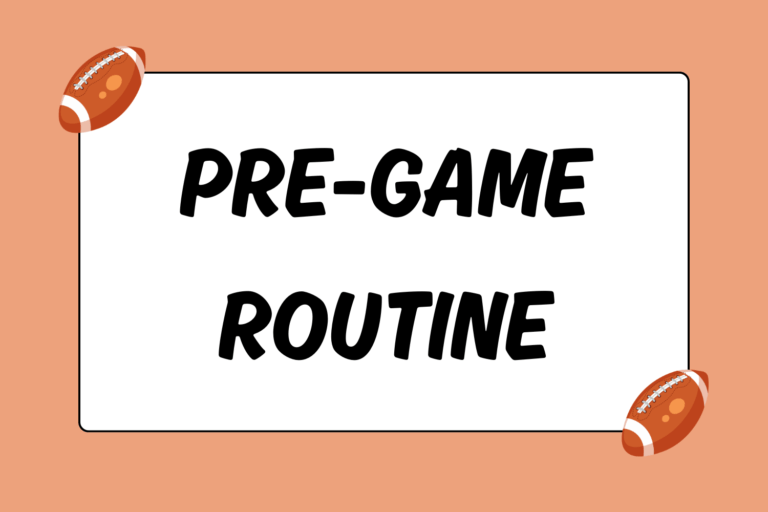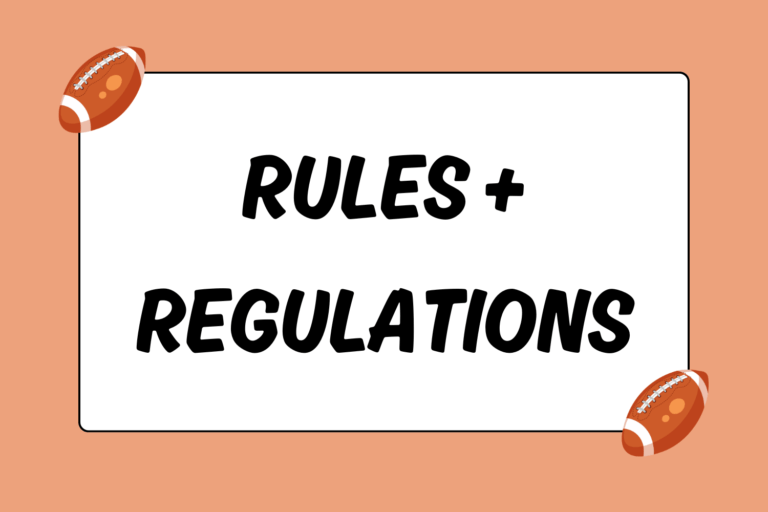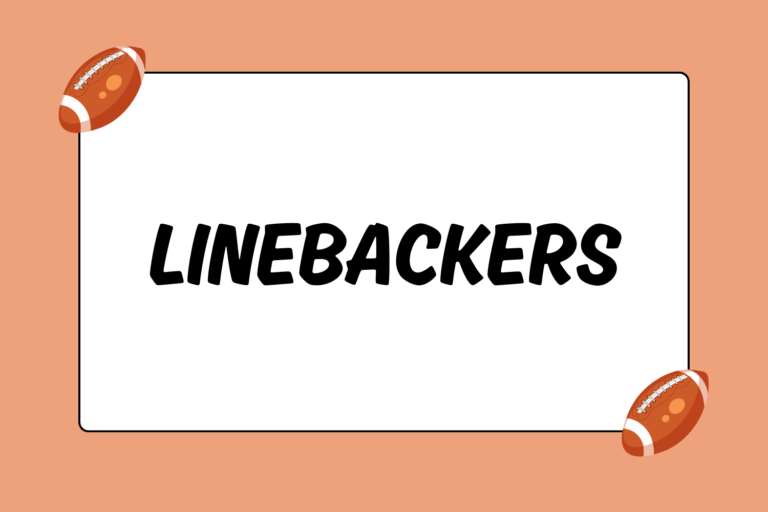There is a lot of action that takes place during the course of a single play in football. Twenty-two players spread out across the field, assume different stances, and run in different directions while the ball quickly moves from one player to another. Football can be quite a chaotic scene, and trying to discern the outcome is occasionally confusing as well.
Thankfully, the referees use a set of hand/body signals throughout the course of a game to clarify and communicate certain calls. This guide identifies the most common referee signals and explains when they are used.
On-field Communication
Believe it or not, there are over 30 different signals that exist for various in-game situations. These signals are used for a variety of purposes, from controlling the flow of the game to indicating that a team has just scored points. Below are some of the more common game play signals.
Scoring Points
With the exception of a safety, the signal that indicates points have been scored is the same. The ruling official raises both arms straight up in the air while standing still to signal that a touchdown, point after touchdown (PAT), two-point conversion, or field goal has been awarded.
- For touchdowns and 2-point conversions, the official positions himself near the end zone as the scoring player crosses the goal line. On a passing play, the official positions himself near the receiver for a good vantage point. For running plays, the official lines up close to the goal line to determine if the ball crosses the end zone.
- For field goals and PATs, the field and back judges stand directly behind both posts of the uprights to accurately gauge whether or not the ball passes in between the uprights.
In the case of scoring attempts that involve kicks, the two officials that start behind each upright run forward to the goal line to make their official signal. The signal itself doesn’t change, just the process leading up to it.
Hot Tip: It’s No Good
When one team attempts to kick the ball for points (during PATs and field goals), there’s always the chance that the kick will be off target and the ball doesn’t go through the uprights. When this happens, the ruling officials repeatedly cross and uncross both arms across the chest, similar to the motion made when a baseball umpire rules a player ‘safe.’
Controlling the Clock
The clock is extremely crucial to football’s structure and plays an integral role during the last few minutes of each half. On a smaller scale, the play clock forces the offense to continue executing plays in a timely manner. On a much larger scale, the game clock indicates the overall time progression of the game.
Though there are multiple reasons to stop the clock, from incomplete passes to penalties, it must also re-start. Here are the signals used to indicate both starting and stopping the clock:
- Stopping the clock: Several outcomes can occur that require the referee to stop the clock. Whether it’s an incomplete pass or injured player on the field, the referee blows the whistle and waves both arms overhead to stop the game clock.
- Starting the clock: The referee blows his whistle and simultaneously rotates one arm in a complete circle, mimicking the arms of a moving clock. This motion indicates that the personnel in charge of keeping time should let both the game and play clocks run.
The clock doesn’t stop at the end of every play, nor do the game and play clocks always restart at the same time. Still, the signals detailed above will help you understand when and how the clock is manipulated.
Marking Progress
At the start of a new series, the offense has four downs to either gain 10 yards or score. The defense wants to prevent the offense from marching downfield, and ideally would like to force a turnover on the first play of the series. Since the odds of quickly reclaiming the ball are pretty low, it’s important for both sides to have an accurate understanding of the current position of the ball. Additionally, both the offense and defense consider the remaining yards until a first down.
In order to communicate movement of the ball, backwards or forwards, the referee utilizes specific signals before and after each play that indicate any change.
- In the case of a first down, the referee stands near the ball (or the spot where the previous play ended) and points one arm forward in the direction of the defense’s end zone.
- For second and third downs, the referee holds up either two or three fingers, depending on which down it is.
- For fourth down, the referee will hold up a closed fist.
Each time the referee indicates the onset of a down, he stands near the spot where the next play will be ran. At the same time, the ‘chain gang’ crewmember in charge of the post that indicates the ball’s field position will move it accordingly. By doing both of those things, everyone from players to fans will have an accurate understanding of where the ball is, and how far the offense needs to go to get a new set of downs.
Mental Edge
Because it’s so important to be able to quickly and easily recognize the position of the ball and the distance needed for a new set of downs, there are personnel flanking both sides of the field to indicate exactly that information. Referred to as the ‘chain gang,’ two people carry posts that are connected by exactly 10 yards of metal chain. A third person carries a separate post that is placed in line with the ball to indicate its position relative to the spot that would grant the offense a new set of downs.
A Good Start
Again, there are more than 30 signals that can potentially be used during the course of a football game. The signals listed here, however, are definitely among the most commonly used. While it may be difficult to understand each rule on paper, seeing the referees and players in action helps clarify ambiguous or confusing rules. So watch a game and put this information to good use!





